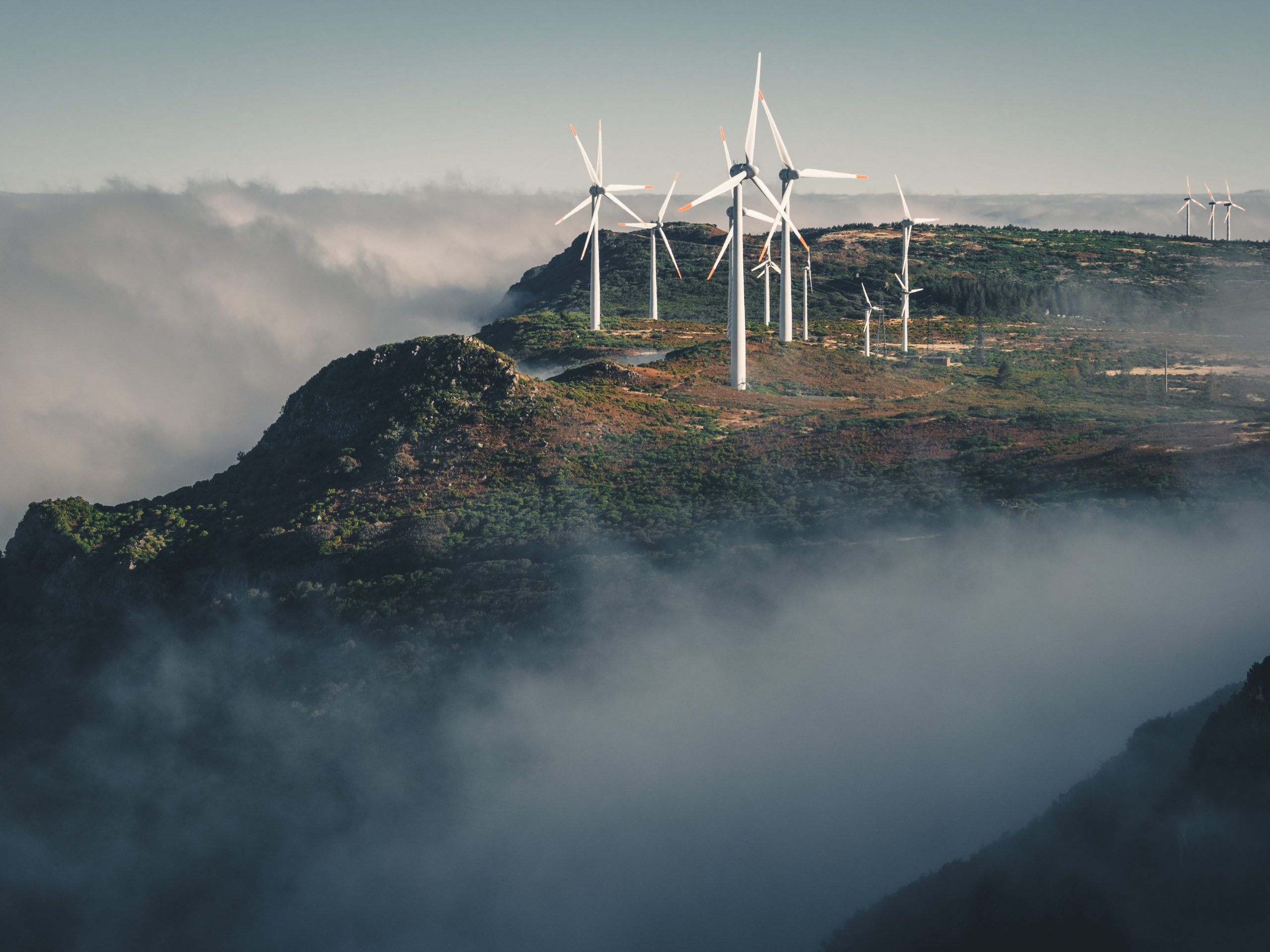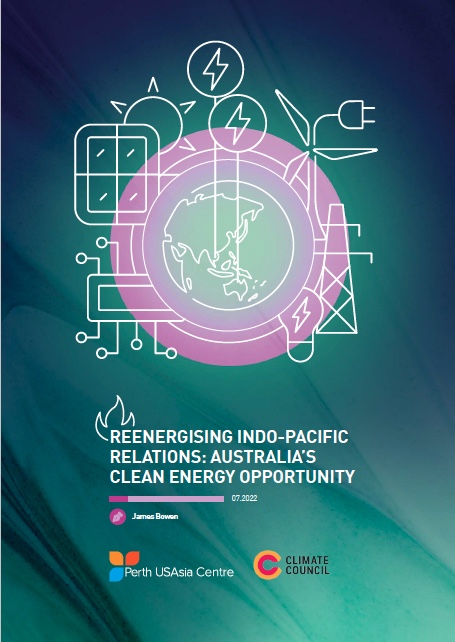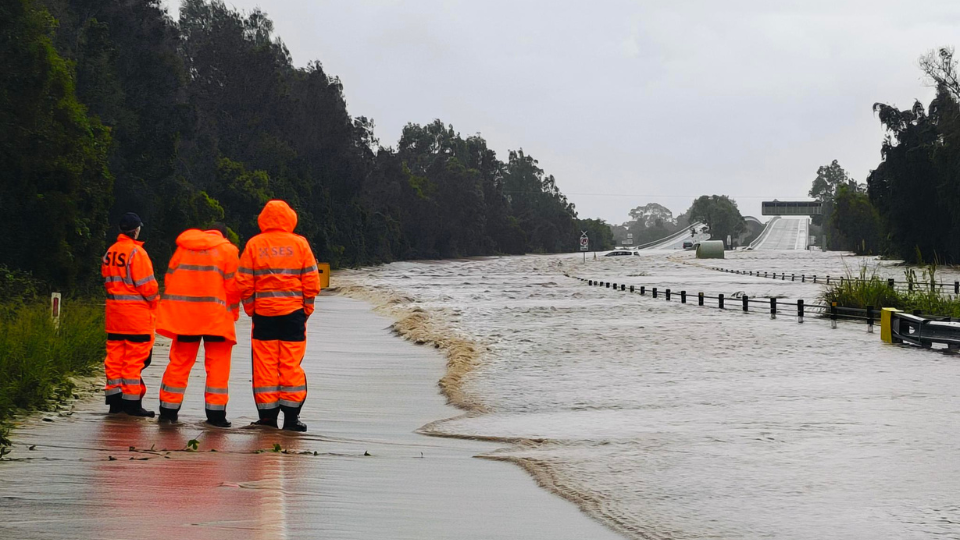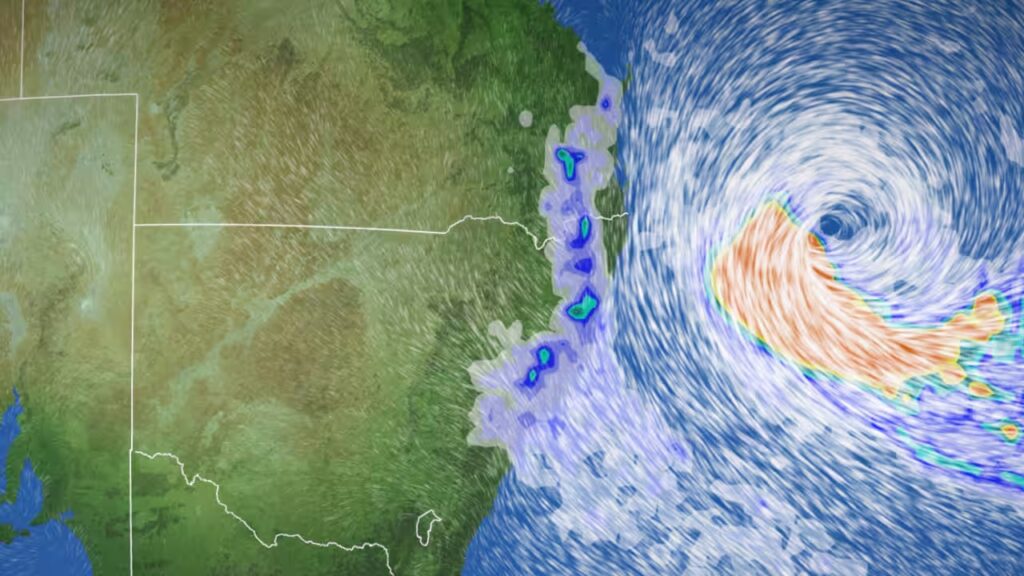The Climate Council and PerthUSAsia have authored a report titled Re-energising Indo-Pacific: Australia’s clean energy opportunity. This report outlines concrete recommendations on how Australia can lead a transformative energy revolution in the Indo-Pacific region ahead of the Sydney Energy Forum 12–13 July 2022 in Sydney, co-hosted by the Australian Government and the International Energy Agency.
The emissions-intensive Indo-Pacific region is central to the global shift from fossil fuels to clean energy systems now underway. The region’s fast-growing economies are expected to consume 44 per cent of the world’s energy by 20501. Fossil fuels such as coal currently dominate the regional energy mix. Indo-Pacific countries also have a particularly strong interest in successful climate change mitigation. Their typically large and/or vulnerable populations face growing exposure to threats such as changing rainfall patterns, stronger cyclones, sea level rise, and coastal inundation.
A warming planet presents threats to our security the likes of which we have not seen before. Countries in the Indo-Pacific are some of the most vulnerable to the impacts of climate change – including changing rainfall patterns, stronger cyclones, sea-level rise and coastal inundation.
Amanda Mckenzie – Climate Council CEO
The Indo-Pacific sits at the heart of the global shift from fossil fuels to clean energy systems. The region is home to many of the world’s most energy-intensive economies and this will only increase over time. Many Indo-Pacific countries are also key providers of the materials required for clean energy systems. Progress on climate change will depend on meeting the region’s needs and maximising its abilities.
The energy transition will transform future regional relations. Renewable energy could provide many countries with enhanced self-sufficiency and diminish the problematic interdependencies that fossil fuels sustain. However, a whole new set of relationships is already arising around the critical minerals, technologies, resources, and industrial goods that underpin clean energy systems.
Clean energy supply chains and relationships must be diversified. China currently dominates many Indo-Pacific and global clean energy sectors and reaps most of the associated economic and strategic benefits. This has created vulnerabilities for the energy transition and broader system of Indo-Pacific relations. Other countries have untapped potential to improve supply chain resilience and create a fairer, more equitable, and well-governed Indo-Pacific transition. Australia and its allies and partners – particularly its Quad partners the United States, India, and Japan – could play a key role in this.
Key actions could secure Australia’s economic and strategic advantage in the Indo-Pacific’s clean energy future. These include developing a dedicated clean energy diplomacy program, providing developing countries with assistance in accessing and participating in supply chains, and helping to develop and lead a truly multilateral framework for meeting regional clean energy needs.











